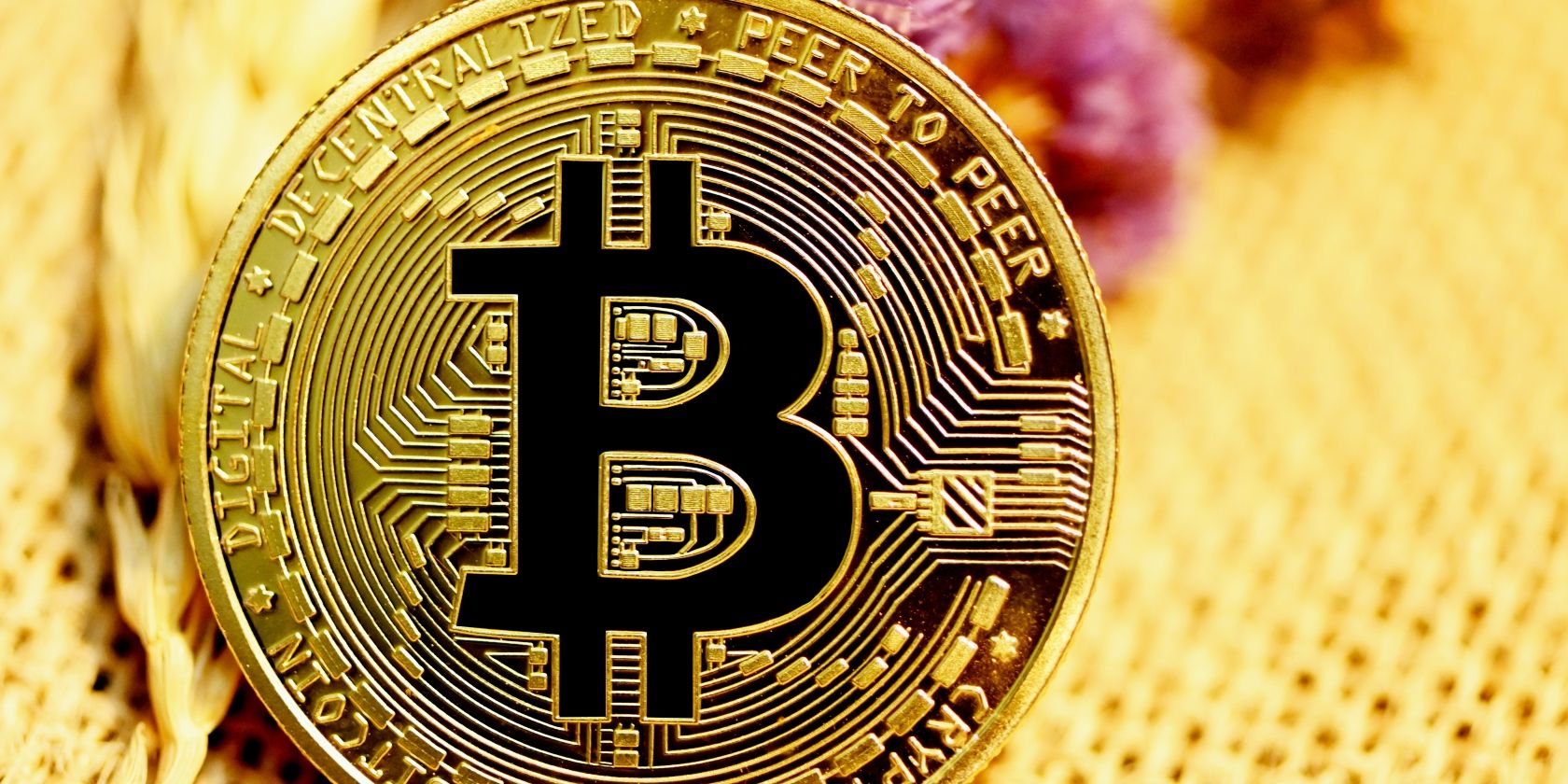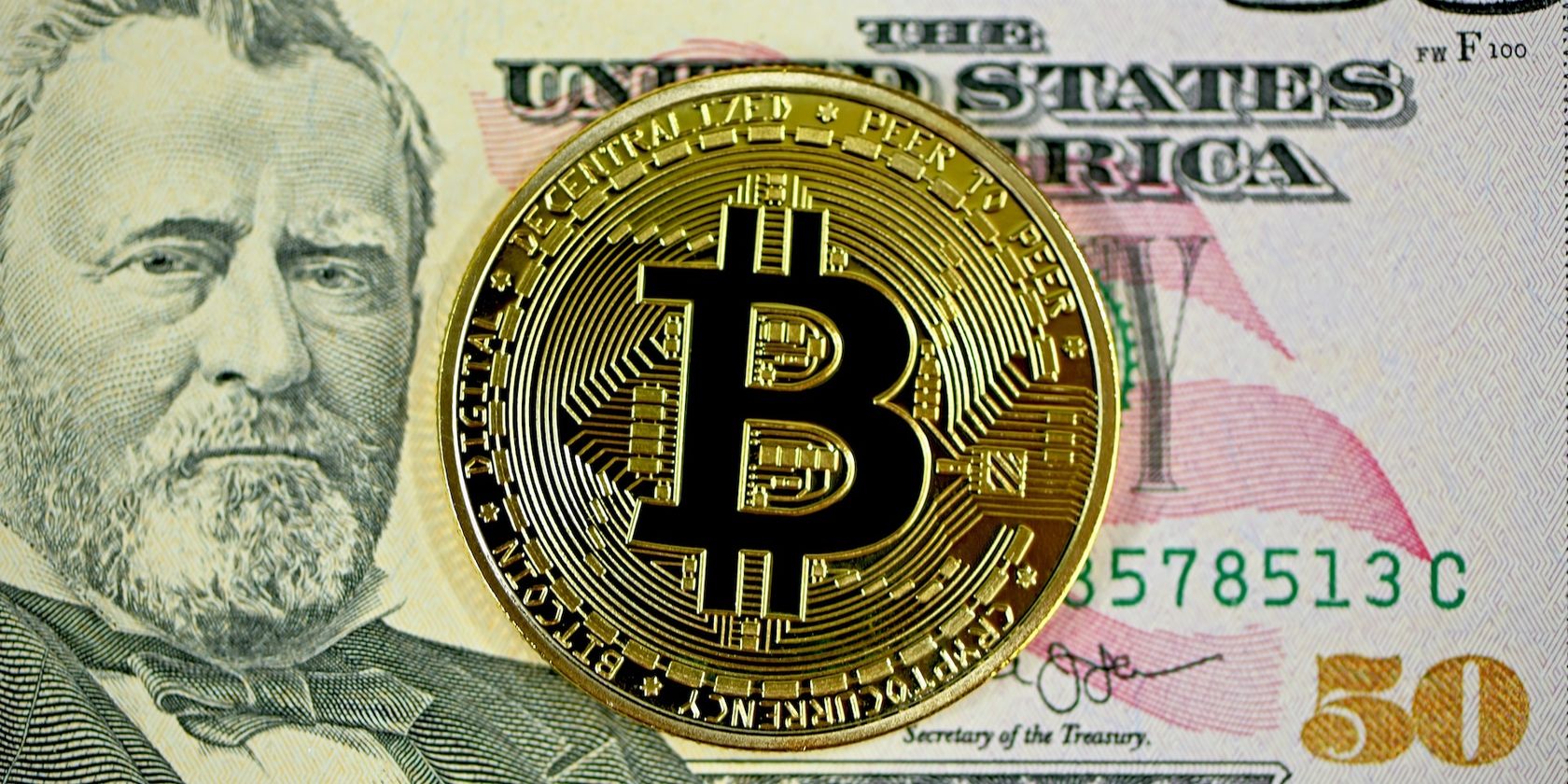Economic concepts like inflation and recession can seem like jargon, but they affect the economy, sometimes negatively. The Doom Loop is another economic concept that refers to a downward spiral littered with negative economic occurrences.
Arthur Hayes, a Bitcoin enthusiast and former CEO of BitMEX, predicts that an incoming doom loop will drive the price of gold to $20,000 and Bitcoin to $1 million.
Here, we've provided a breakdown of Hayes' Doom Loop theory and what events could lead to the massive asset price increase.
What Is a Doom Loop?
A doom loop is a term that describes an economic situation in which a negative occurrence leads to another negative occurrence, resulting in a downward spiral or cycle characterized by worsened situations. It is often described as a self-reinforcing downward spiral fueled by a series of negative economic conditions.
Doom Loop Example
The 2009 Greek Debt Crisis is a perfect example of the doom loop. It is generally thought that the Greek debt crisis was triggered by the Global Financial Crisis of 2007/08. But the debt crisis was merely the end of a downward spiral that started in the 20th century.
The beginning of Greek's financial problems was a sovereign debt that piled up between 1980-1990. The end of the military rule ushered in a civilian government without regard for the country's financial state. They piled up Greece's debt and misrepresented the state's finances, creating an illusion of normalcy.
The Global Financial Crisis eventually came and toppled the pyramid of debt the government had piled up. By the time the financial crisis began to ease, the previously concealed information on the state's debt emerged. Investors and creditors came knocking, and Greece's debt-to-GDP ratio peaked at 180%.
While the Greek debt crisis began in the 2010s, the country is yet to recover fully. In 2021, its debt-to-GDP ratio fell back to approximately 197%—after hitting 206% in 2020 due to the COVID-19 pandemic.
What Is the Bitcoin Doom Loop?
As we've established, the Doom Loop doesn't just appear. Instead, a series of negative events set off the Doom Loop. At this point, it becomes a downward spiral that doesn't seem to have an end.
Former BitMEX CEO Arthur Hayes published an essay predicting that a set of occurrences and the resulting doom loop will result in over 2500% increase in Bitcoin's price while also driving up the price of gold.
The first event to set up the doom loop has already occurred. The global pandemic of 2020 altered the world as we know it. The next, Russia's invasion of Ukraine, is a little more recent. This invasion and the associated war tensions destabilized the area and attracted sanctions from the Western powers, the United States, and Europe.
These financial sanctions will cause Russia to cease supply of all the things they previously supplied in vast quantities, causing the price of things in the West to rise significantly.
How Does the Doom Loop Affect Bitcoin?
Hayes believes these occurrences, particularly the West's control over foreign exchange reserves, will force countries to seek alternative investment options. Hayes used China as a case study, as the country holds some of the largest reserves in the world.
China holds an estimated $3 trillion in reserves, with around one-third of that held in U.S. Treasuries (though this figure is decreasing). However, U.S. sanctions on various regimes make it clear that USD might not be the safest way to hold reserves.
The dilemma is where to move the money. Selling everything is out of the question because it would crash markets worldwide. Investing in storable commodities like gold is another option, but the top ten gold-producing countries do not make enough supply to meet China's demand, and storing $1 trillion worth of gold is no mean feat. This is where the next and most viable option comes in: Bitcoin.
Investing China's foreign reserves in Bitcoin involves more than just buying Bitcoin. The first step is to re-evaluate China's current policy on mining. China banned cryptocurrency mining because of its power-intensive nature. But if China invested in hydrocarbons to build new and existing power plants, they could meet the need for power and could attract crypto miners with cheap electricity (ignoring the environmental costs of Bitcoin mining with fossil fuels).
This would increase Bitcoin mining and the crypto hash rate, which is important for Bitcoin's price.
The nature of crypto mining activity explains the connection between Bitcoin's hash rate and price. Mining involves nodes solving complex mathematical equations with computational power to validate transactions and gain rewards. This activity contributes to what is known as the network's hash rate, the amount of computational power poured into a network.
When more nodes mine a cryptocurrency, the network's hash rate rises, which signifies three things. First, mining that coin is profitable; second, the demand for the coin is high; and finally, the network is decentralized, which means the network is mostly safe from malicious actors.
Understandably, miners will flock to cryptocurrencies that are profitable to mine, and users will invest in networks that are safe from attacks.
China could impose a tax on block rewards and transaction fees to regain all its money. As Bitcoin's hash rate goes up, the cryptocurrency price goes up, and China's holdings in the asset rise as well. With time, other countries with foreign reserves in U.S. treasuries may open their eyes to the country's precarious control over their funds. Likely, countries will purchase a mix of storable commodities, like gold and Bitcoin.
This Is Good for Bitcoin
As the meme says, "This is good for Bitcoin." A doom loop scenario forcing major world powers to divest from the US dollar into other assets could well have a major effect on Bitcoin.
Bitcoin's meteoric rise from an asset worth nothing to a trillion-dollar asset makes it the most attractive option. As more and more countries invest in the cryptocurrency asset, the market will expand, only driving the coin's price higher than the predicted $1 million.


